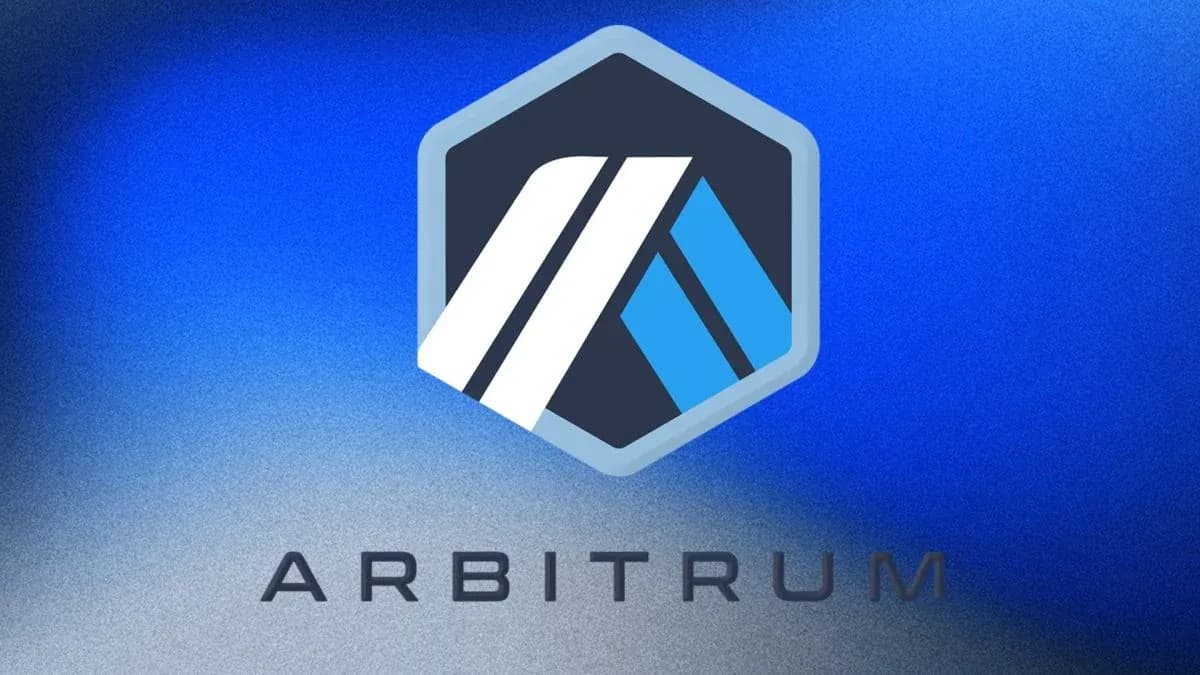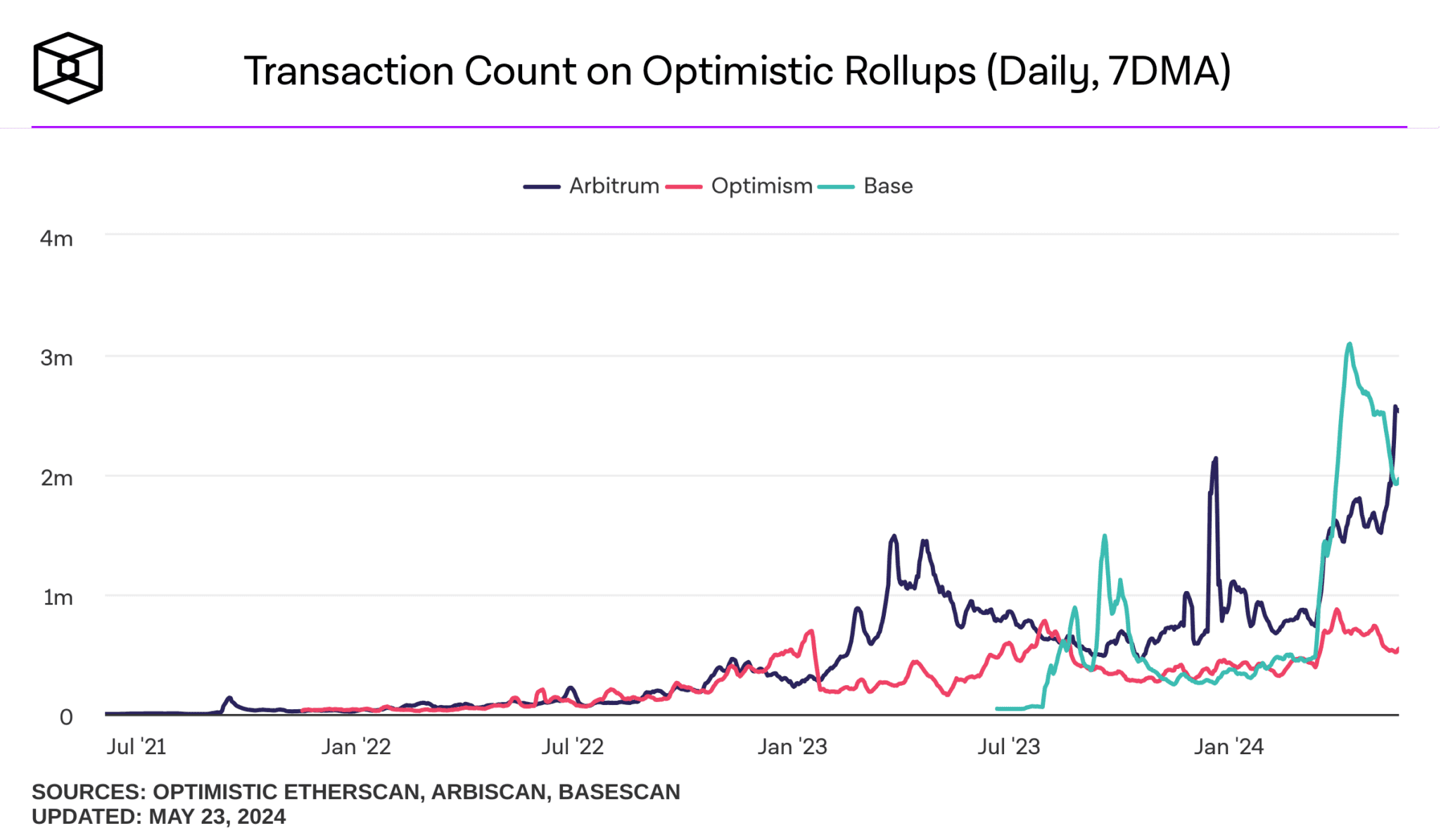Timeboost, a new transaction ordering mechanism developed by Offchain Labs, is now live on Arbitrum. Designed to address key challenges associated with First Come, First Serve (FCFS) transaction ordering—such as spam from latency racing and the concentration of Maximum Extractable Value (MEV) among searchers—Timeboost introduces an auction model for prioritized sequencing. This allows users to participate in an off-chain auction for a chance to have their transactions ordered earlier within a block.
Offchain Labs' Timeboost
This mechanism marks a shift toward more efficient and predictable block construction, especially for Layer 2 chains. Arbitrum is the first network to deploy this system, positioning itself as a leader in experimenting with and implementing new approaches in the Layer 2 space. The integration of Timeboost highlights Arbitrum’s strategy of testing and adopting solutions that go beyond conventional L2 infrastructure.

Offchain Labs' Timeboost Launches on Arbitrum
Gattaca Expands Role in L2s with Kairos
Gattaca, the team behind Titan Builder—one of Ethereum’s largest neutral block builders—has announced its adoption of Timeboost through a new implementation called Kairos. Known for its transparent and performance-focused engineering on Ethereum, Gattaca is now bringing its expertise to Arbitrum One and Arbitrum Nova. In a discussion with Offchain Labs, Gattaca explained that its trust in the Ethereum market has been built on three principles: neutrality, transparency, and consistent performance.
Titan Builder does not compete with its users and avoids favoring any subset of transactions. This neutrality has been key in gaining early order flow. Gattaca’s infrastructure prioritizes low latency and high security, ensuring reliable access to block space for market participants. In addition to Titan, Gattaca has also developed Helix, an open-source relay powering Titan Relay, and is an active contributor to projects such as Commit Boost and Fabric. These open-source efforts reflect the team’s broader commitment to enhancing the web3 ecosystem.
The Motivation Behind Adopting Timeboost
Gattaca’s move to adopt Timeboost stems from its experience in block building on Ethereum. The team identified Layer 2 networks as a logical extension of its sequencing capabilities. Timeboost’s design fits well with Gattaca’s existing infrastructure, which already supports fast and efficient block simulation and construction.
As Layer 2 ecosystems like Arbitrum continue to grow, the need for more advanced sequencing infrastructure increases. Timeboost offers a method for reducing spam and improving capital efficiency while aligning with Gattaca’s long-term goal of strengthening Ethereum and its scaling layers.

Offchain Labs' Timeboost Launches on Arbitrum
Key Differences in Layer 2 Sequencing with Timeboost
Gattaca explained that while the technical foundation of Timeboost overlaps with block building on Ethereum, there are distinct differences in execution. On Ethereum, builders often have only milliseconds to finalize transactions within a block. Timeboost, by contrast, provides a 60-second window where participants can bid for access to an “express lane,” giving them a 200-millisecond advantage on transaction inclusion.
Unlike real-time per-transaction auctions or latency races, Timeboost auctions off control of the express lane in advance. This requires a different pricing model, focused on estimating the total MEV potential over a 60-second period. It places emphasis on predictive modeling rather than real-time bidding, altering how participants plan and execute their strategies.
MEV Implications and Use Cases
Timeboost’s approach changes how MEV is captured and distributed. Instead of rewarding only those with the fastest infrastructure, the model allows participants to pay upfront for sequencing priority. This makes MEV access more predictable and fairer for a broader range of participants. Gattaca expects two main strategies to emerge. Some searchers may bid for entire 60-second slots to optimize for short-term MEV capture.
Others may participate in sub-auctions organized by providers like Gattaca, who will split the time slot into smaller windows—approximately every 100 milliseconds—allowing for broader participation and lower risk. This structure supports a more accessible market. Rather than requiring individual searchers to bid for full control, they can instead participate in segmented auctions managed by Gattaca. This approach enables smaller participants to access MEV opportunities without needing to match the resources of larger firms.

Offchain Labs' Timeboost Launches on Arbitrum
Advantages of Timeboost’s Design
From a technical perspective, Timeboost maintains Arbitrum’s continuous ordering structure, which offers protection against sandwich attacks—a common issue in MEV strategies. It also opens the door to more efficient price discovery by enabling second-price or similar auction formats.
Gattaca sees further benefits for users, including improved capital efficiency and reduced network spam. Because fewer redundant transactions are broadcast to the network, the overall load on the chain decreases, potentially lowering data costs. Additionally, for the majority of users who are not engaged in MEV, the transaction experience remains unchanged but benefits from reduced congestion.
Implementation of Kairos on Arbitrum
Gattaca’s implementation of Timeboost, called Kairos, involves active participation in the auction process. When Gattaca wins a 60-second round, it gains control of the express lane and launches a series of sub-auctions within that period. Each sub-cycle collects transaction bundles, simulates their outcomes, and sends a final ordering to the Arbitrum sequencer. To ensure the highest priority inclusion, all processing must remain under the 200-millisecond delay window. This method leverages Gattaca’s low-latency infrastructure and applies Ethereum-proven techniques to a new sequencing environment.

Offchain Labs' Timeboost Launches on Arbitrum
Making Timeboost Accessible to the Market
Gattaca plans to support market participants by managing the complexities of bidding and risk exposure. Through Kairos, searchers only pay if their transactions are successfully included, which mirrors the fee model used in Titan Builder on Ethereum. Technical integration will be made easier by maintaining familiar interfaces, such as eth_sendBundle, and providing documentation, simulation logs, and performance analytics.
This reduces the learning curve for teams transitioning from Layer 1 to Layer 2 strategies. Gattaca’s goal is to broaden access to MEV infrastructure while maintaining a fair and competitive environment. By lowering technical and financial barriers, it aims to prevent centralization and support a healthier web3 ecosystem.
Outlook for Timeboost and MEV on Arbitrum
Gattaca’s efforts to implement Timeboost reflect a continuation of its mission to make high-quality MEV infrastructure accessible across different blockchain layers. By bidding on behalf of users, managing round-level control, and facilitating efficient sub-auctions, Gattaca is helping to establish a new model for transaction sequencing on Layer 2 networks.
With Kairos, Gattaca is building on its Ethereum experience to support more open and efficient markets on Arbitrum. Timeboost presents an opportunity to enhance block construction without compromising chain integrity, offering a meaningful improvement for participants across the MEV spectrum.



